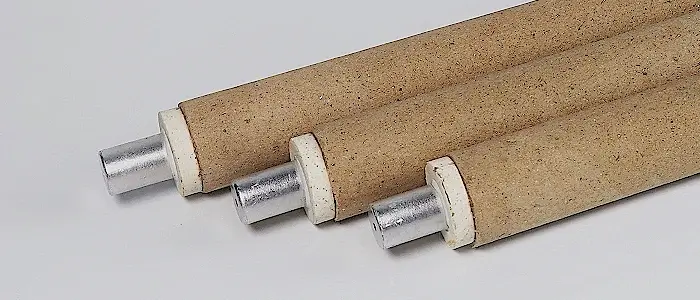Introduction
Estonia is one of the smallest countries in the European Union, located in the northeastern part of Europe. It has a relatively small population of around 1.3 million people and a land area of 45,339 square kilometers. Despite its small size, Estonia has been able to establish itself as one of the most developed countries in Europe, mainly due to the growth of its technology sector. However, its manufacturing sector, particularly its foundry industries, has also been on the rise. In this article, we will analyze the foundry market in Estonia and the application of foundry materials such as rapid immersion thermocouples.
Foundry Market in Estonia
The foundry market in Estonia has been growing rapidly, with the total turnover of the industry rising from €73 million in 2012 to €112 million in 2019. The industry has a relatively small number of companies, with around 30 foundries operating in Estonia. However, the sector provides employment opportunities for over 2,000 people, making it a crucial part of the Estonian economy.
The majority of foundries in Estonia are small and medium-sized enterprises (SMEs) that produce castings for the machinery, automotive, and construction industries. The foundry industry in Estonia is highly export-oriented, with over 80% of its products sold to foreign markets. The top export destinations for Estonian foundries include Sweden, Finland, Germany, and Denmark.

The foundry industry in Estonia faces several challenges, including strong competition from other European countries and increasing environmental regulations. However, many foundries are beginning to invest in new technologies and automation to improve their production efficiency and remain competitive.
Application of Foundry Materials in Estonia
Foundry materials play a crucial role in the production of castings, and rapid immersion thermocouples (RITs) are one of the most important materials used in foundries today. RITs are temperature sensors that measure the temperature of molten metal during casting. They are essential in ensuring that the metal is at the correct temperature and that the casting process operates within a specific range of temperatures.
RITs are made from materials such as ceramic, platinum, and nickel-chromium. They are inserted into the metal bath and can quickly measure the temperature of the molten metal, providing accurate readings that enable foundry workers to adjust the temperature of the metal if necessary. RITs are also used to monitor the temperature of the metal as it cools, ensuring that the metal solidifies correctly and does not develop any defects.

In Estonia, RITs are used in a variety of foundries, including those that produce castings for the automotive and machinery industries. Foundries in Estonia have recognized the importance of using RITs in their production processes and have invested in the latest technologies to ensure accurate temperature readings during the casting process.
Benefits of Using RITs in Foundries
Using RITs in foundries provides several advantages, including:
1. Improved Quality Control – RITs provide accurate temperature readings, enabling foundry workers to adjust the temperature accordingly, resulting in higher quality castings.
2. Increased Efficiency – With RITs, foundry workers can quickly and accurately measure the temperature of the molten metal, reducing the downtime in the production process.
3. Cost Savings – The accurate temperature readings provided by RITs enable foundry workers to optimize the temperature of the metal, reducing the amount of scrap metal produced and saving costs.
Conclusion
The foundry market in Estonia has been growing rapidly, providing employment opportunities for thousands of people and contributing significantly to the Estonian economy. The use of foundry materials such as RITs has played a crucial role in this growth, enabling Estonian foundries to produce high-quality castings efficiently and cost-effectively. While the foundry industry in Estonia faces challenges such as increasing competition and environmental regulations, investing in new technologies such as RITs can help overcome these challenges and drive the industry forward. Overall, the foundry industry in Estonia has a bright future, and with the right investments and innovations, it can continue to grow and prosper in the years to come.


